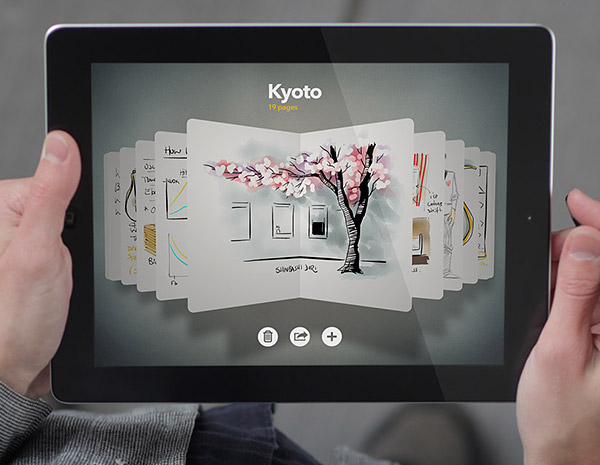
He declines to detail how this will play out at Twitter, citing confidentiality. Nick D'Aloisio - ROBYN BECK/AFP via Getty Images The vision was to replicate the physical world in online conversation.” © Provided by The Telegraph “We tried a lot of different things, ephemeral chats, how you define ‘reading’ a message, emotional responses, lots of features. “We arrived at the issue of trying to make online discourse healthy,” he says.
#Prodigy app on ipad? how to
One of the problems D’Aloisio and his team hoped to solve was how to make chats less divisive - perhaps stemming from his philosophy degree, and a problem Sphere’s new parent company Twitter has struggled with. And, similar to Slack, users could comment or send emojis on different posts. That feed could prioritise certain key posts, such as polls or calendar invites, while clearing out dead chats. Sphere’s app, which only ever launched in a closed test before being bought by Jack Dorsey, split users into group chats, each featuring a Twitter-like feed. “What is a group chat that works so more than a few people can speak? Other group messengers have kind of emerged by accident.” “No-one had really thought about it from scratch,” D’Aloisio explains. He argues that most modern group chat apps, such as WhatsApp, originally offered just a one-to-one conversation.

Still, it gained backing from some of the biggest names - and founders - in tech, including Airbnb’s Brian Chesky and Tinder’s Sean Rad.īut in 2019, D’Aloisio and Halgas moved on and Sphere switched to building a new kind of social network. “The unit economics were quite tenuous,” admits D’Aloisio. It secured 500,000 downloads but didn’t quite work out as hoped. The idea was pegged as a more advanced version of Quora, where users could have their questions answered by experts who would receive micropayments in exchange. “How do you get people to exchange ideas and knowledge in a way they do not do currently?” “There was all this human potential on the internet,” says D’Aloisio. I think the role of the human is so important.”Īt Oxford he met Sphere co-founder Tomas Halgas, a student of computer science, and the pair began brainstorming what problems humans could solve. Almost taking a computational view of the mind, it doesn’t cut it, it doesn’t get you to consciousness. “It was a wonderfully niche course,” he says, “I got obsessed with the problem of consciousness and how we have experiences. Nick D'Aloisio at 17 - CARL COURT/AFP via Getty Images

Many among its glitterati have a seeming distrust towards higher education, the humanities and college campuses.īut the Brit, who spent some of his early years in Australia, secured a place at Oxford University to study computer science and philosophy, where he authored seven papers, and is now completing a PhD. Between his two creations, he chose to return to education, in stark contrast to many entrepreneurs of Silicon Valley - the land of college drop-outs. Entrepreneurship is hard, you have to work hard, and it is increasingly hard to convince people to when they are increasingly set in their habits online.”ĭ’Aloisio’s meteoric rise in the tech world has been well documented but his path has not been typical. “On the other hand, there was more pressure and more expectations. Easier because I had a lot of experience and we were able to raise $30m from investors who wanted to take this risk. The second time around came with fresh challenges, he says. The 20-person technology start-up, which was developing a group chat app, has been sold to Twitter. Now, aged 25, D’Aloisio has sold his second company, Sphere. By 15, he became the youngest person to receive venture capital funding.īy 17, he had quit King’s College School in Wimbledon and sold his first company to Yahoo for £20m, joining the company and becoming a millionaire in the process.

Nick D'Aloisio was 12 years old when he began coding on Apple’s App Store.


 0 kommentar(er)
0 kommentar(er)
